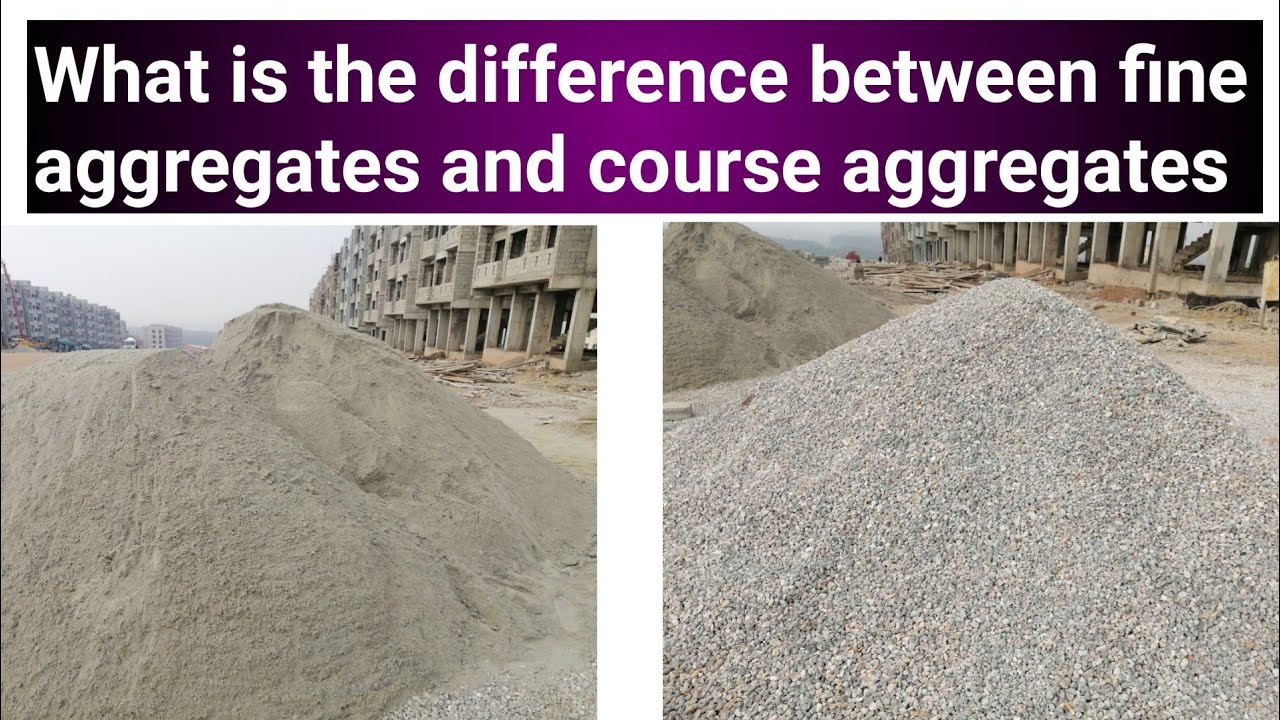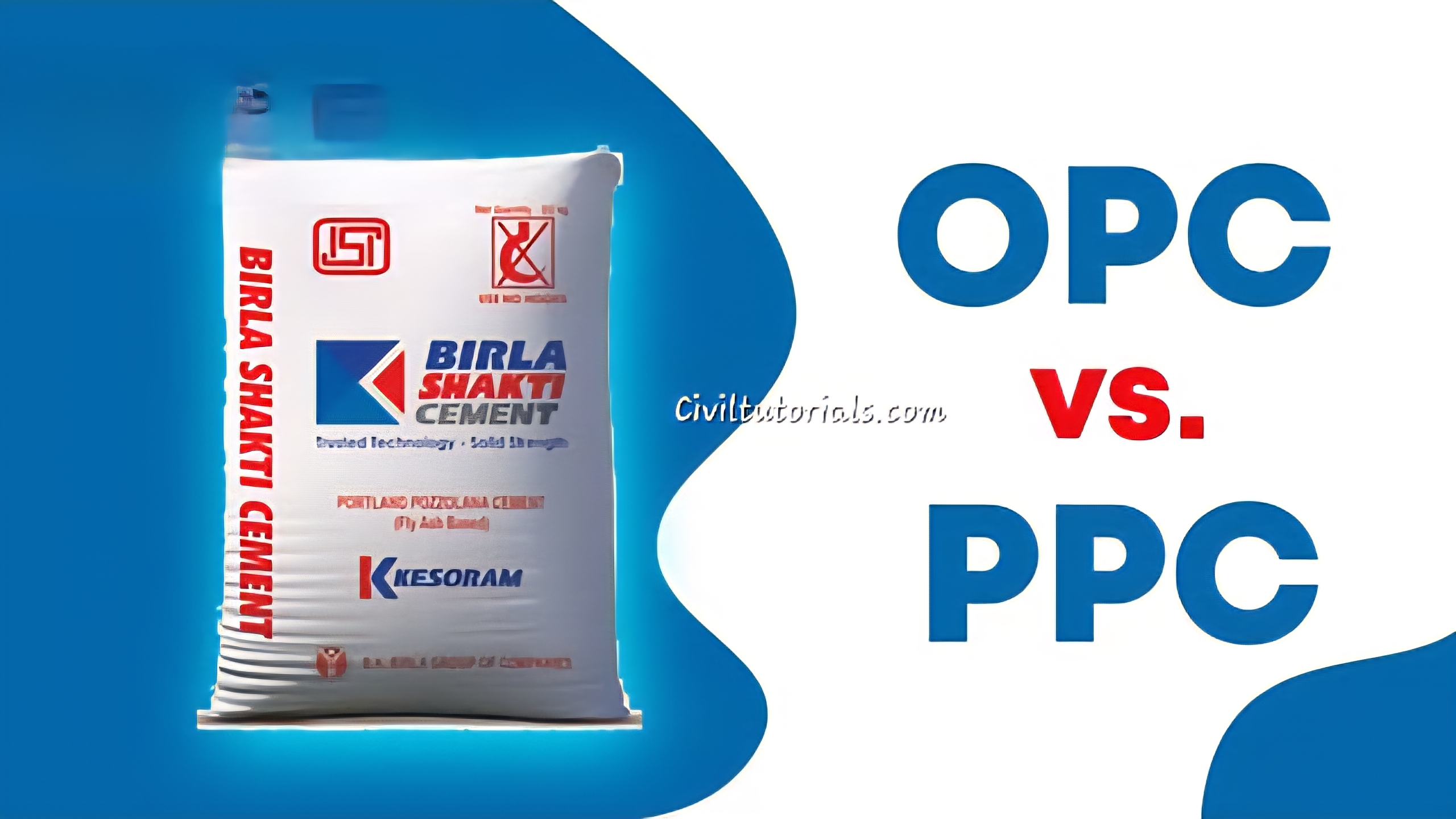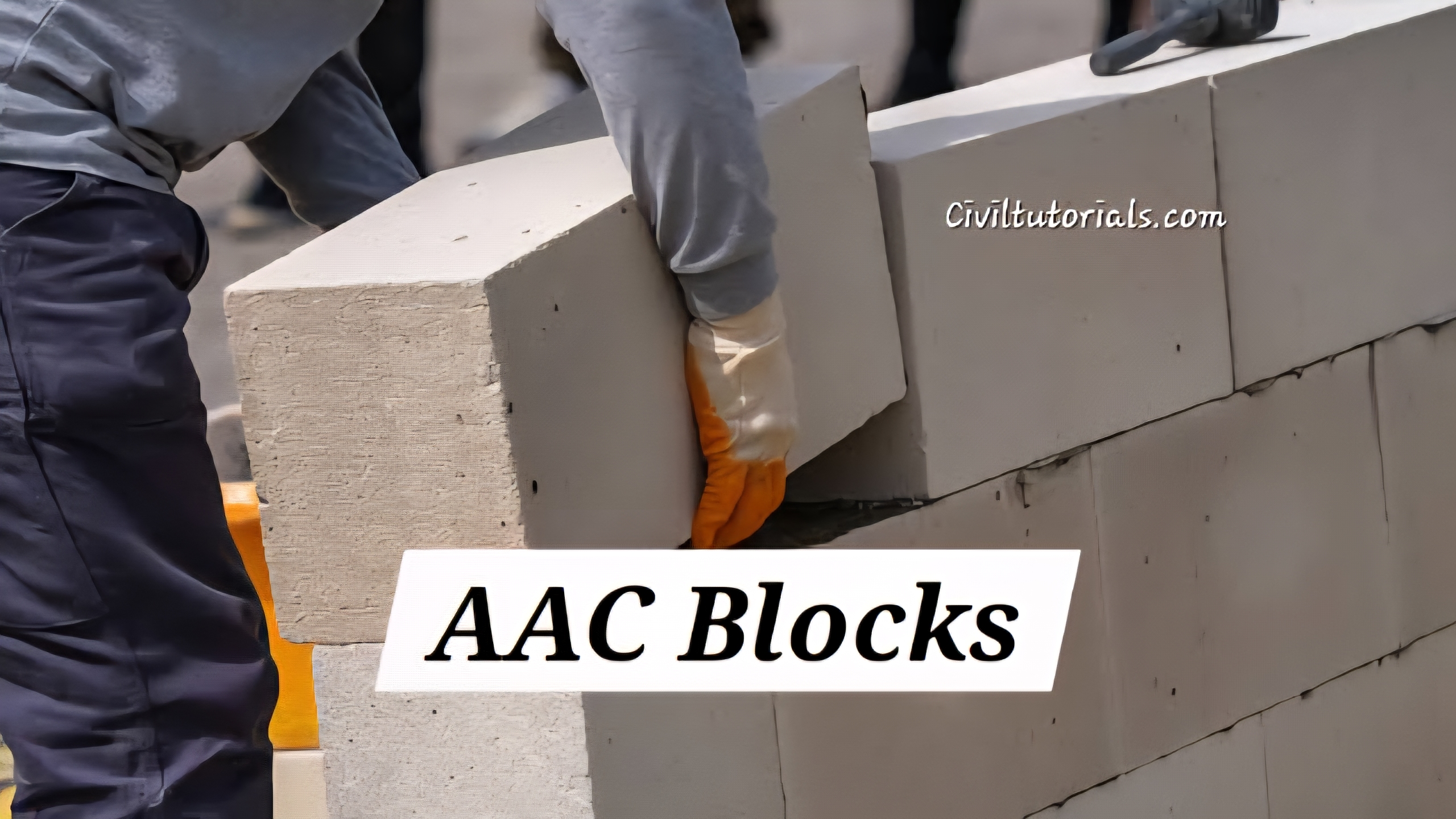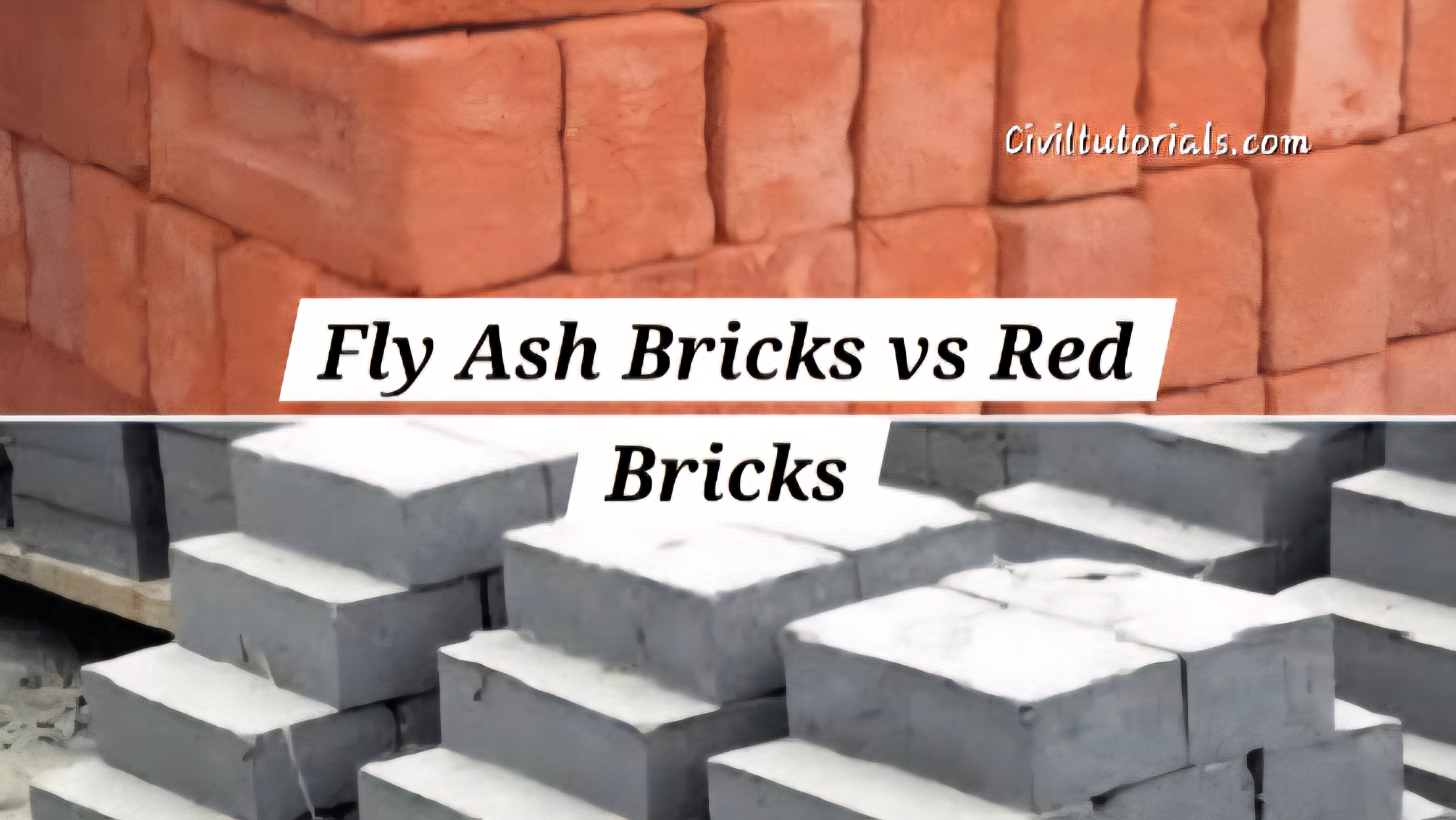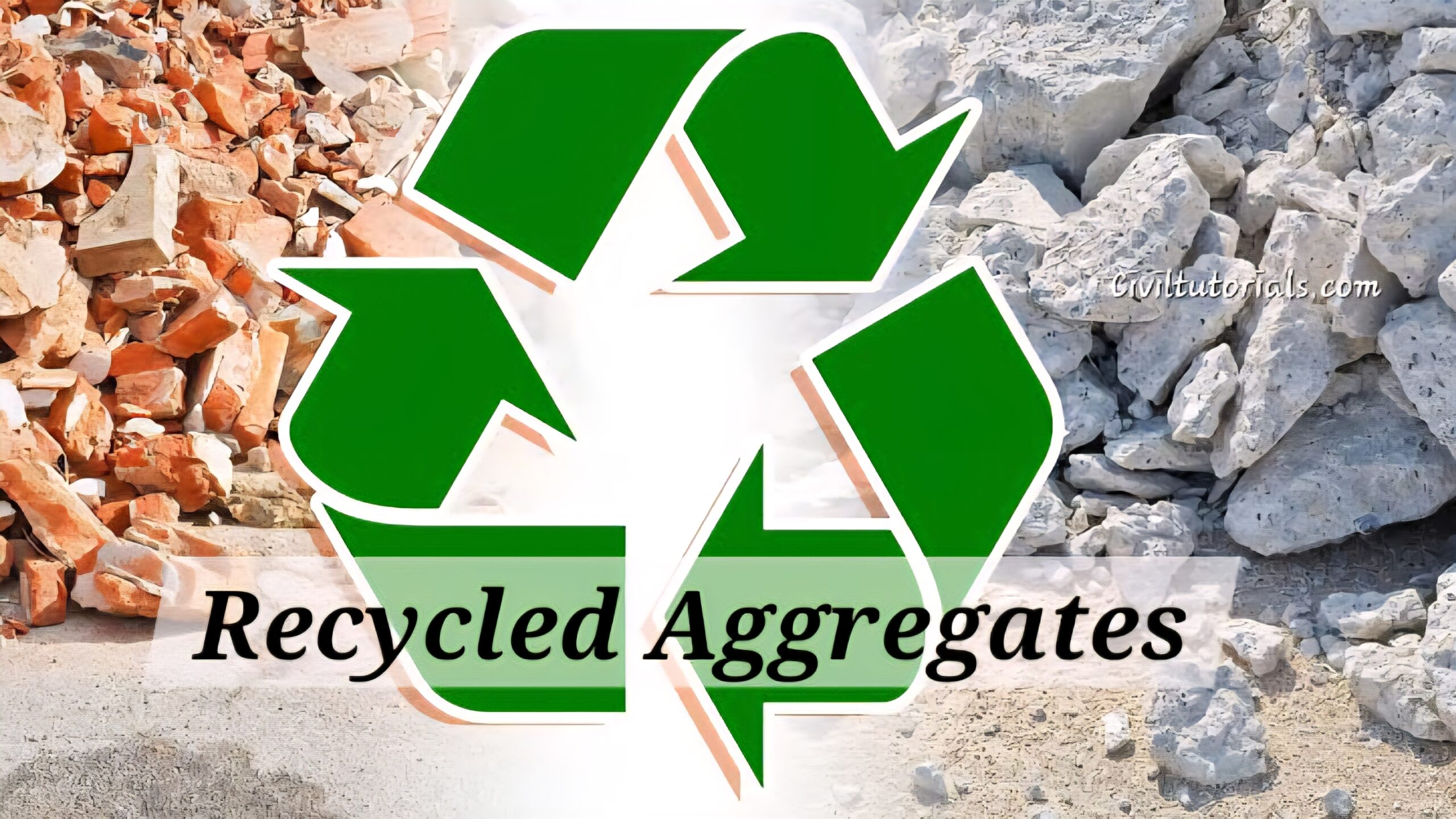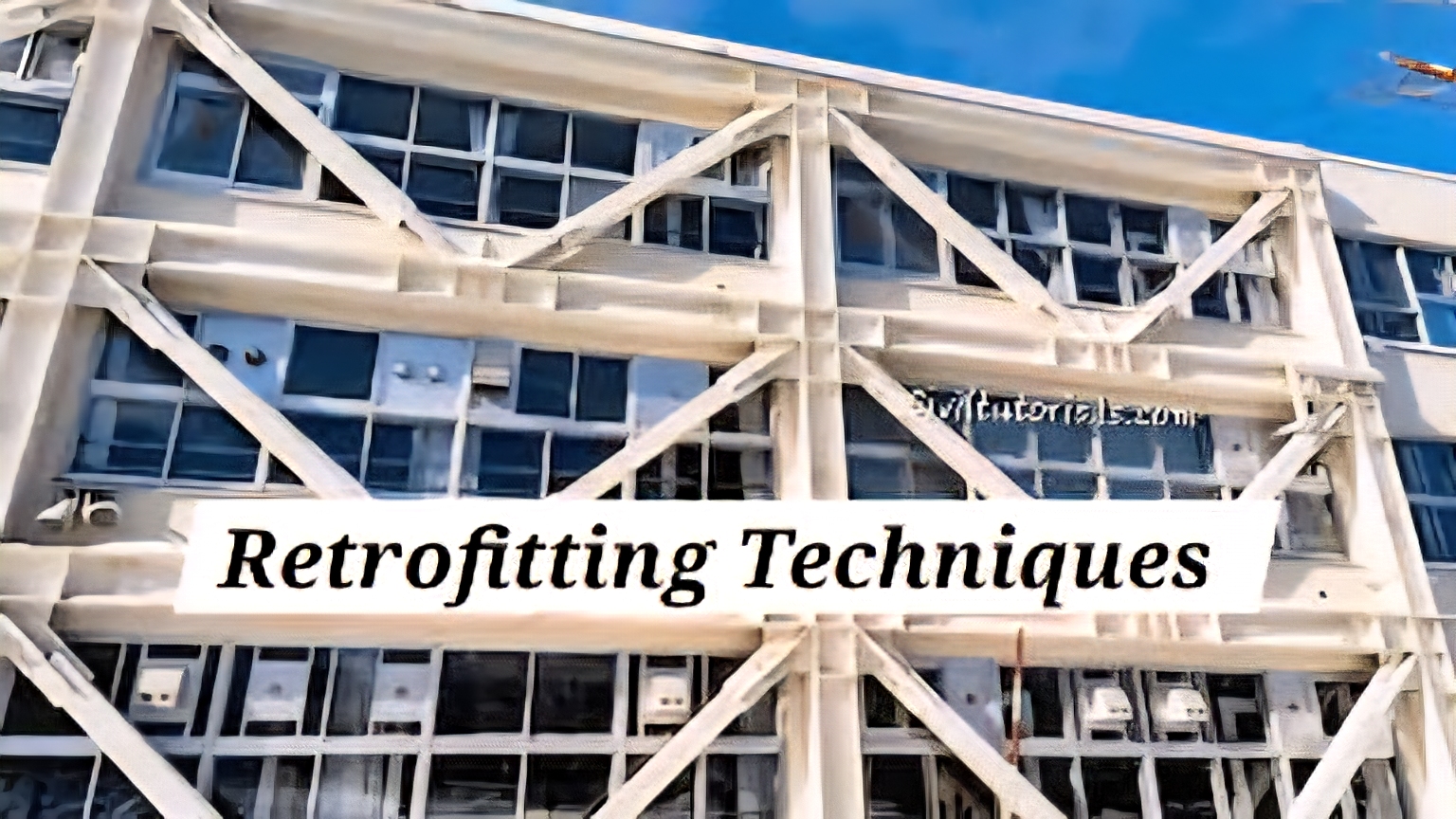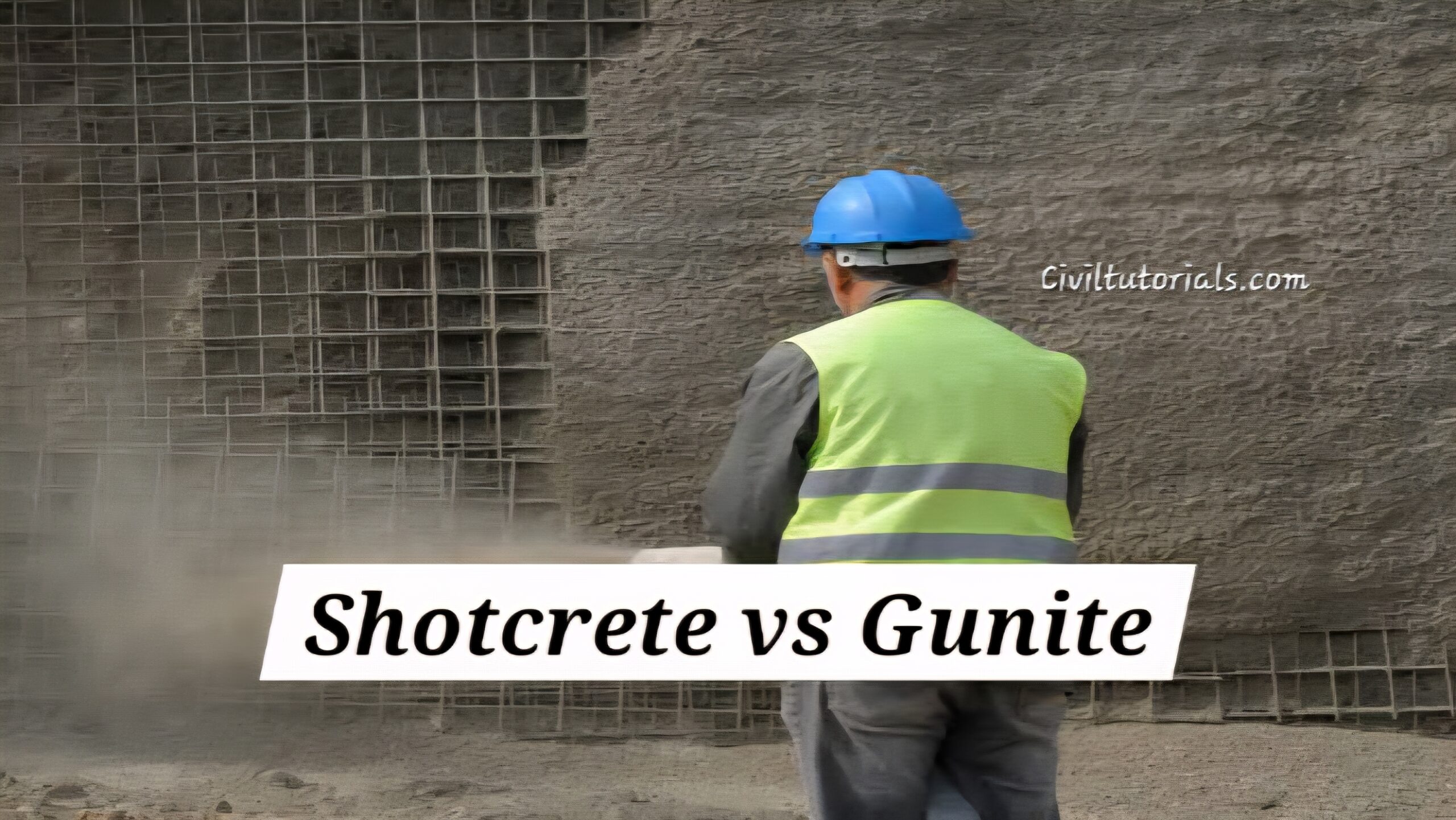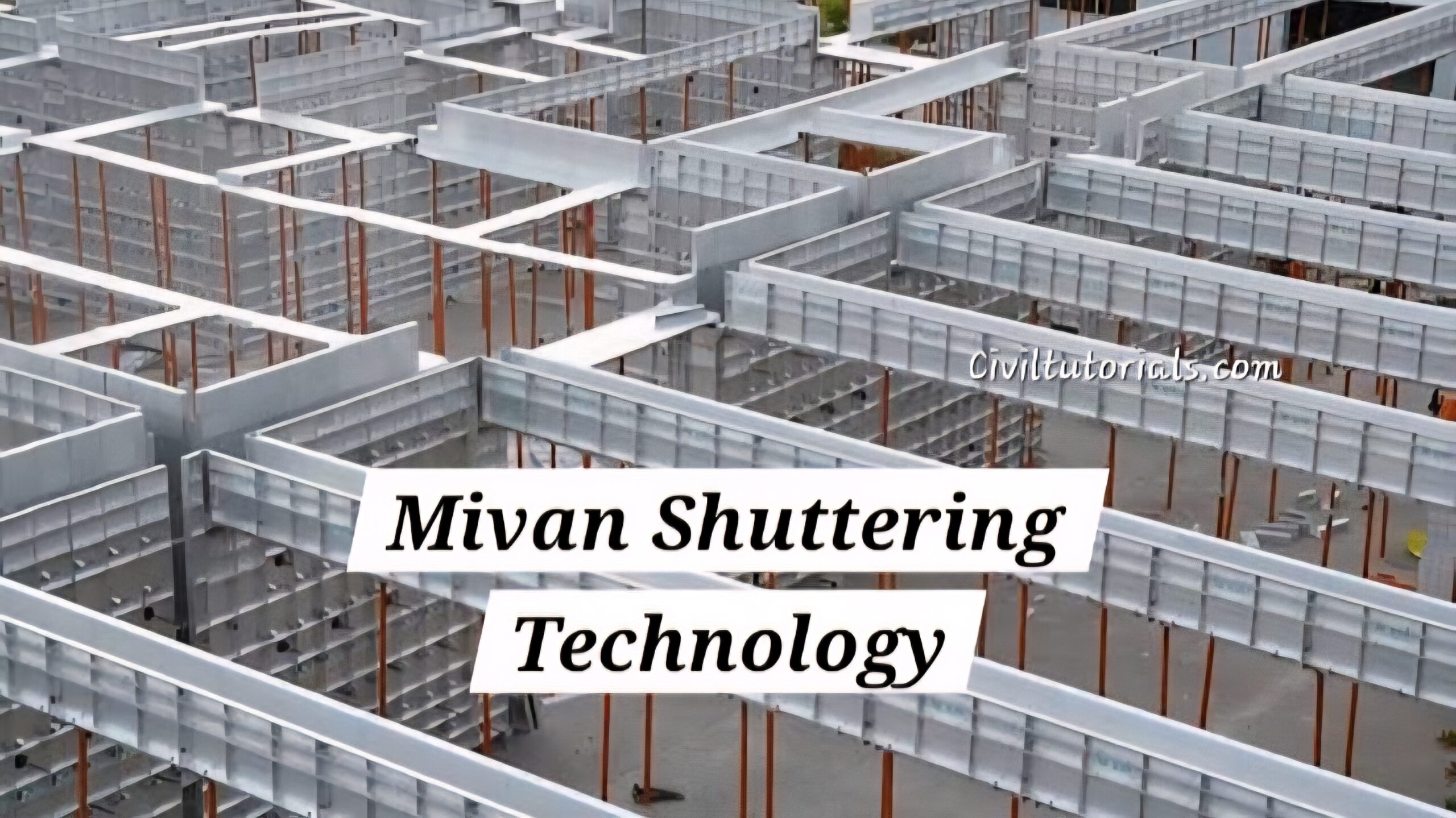What is Concrete on Slab?
Concrete on slab is a widely used construction technique where a layer of concrete is poured directly onto a flat surface, creating a solid and durable base. It is commonly used in floors, pavements, driveways, and building foundations. The strength and longevity of concrete on slab make it an essential component in civil construction projects.
Types of Concrete on Slab
Concrete slabs can be classified based on their construction methods, reinforcements, and usage. Below are the main types:
1. Slab-on-Grade
- Constructed directly on the ground without additional support.
- Suitable for residential homes, sidewalks, and light commercial buildings.
- Requires proper site preparation and compacted soil.
2. Suspended Slab
- Built above the ground, supported by beams or columns.
- Used in multi-story buildings and bridges.
- Requires reinforcement with steel bars or mesh.
3. Precast Slab
- Manufactured off-site and transported for installation.
- Speeds up construction and ensures quality control.
- Common in large-scale commercial buildings.
4. Post-Tensioned Slab
- Includes high-tension steel cables for additional strength.
- Reduces slab thickness and prevents cracking.
- Used in parking structures, bridges, and high-rise buildings.
5. Reinforced Concrete Slab
- Contains embedded steel reinforcement for load-bearing capacity.
- Suitable for industrial floors and heavy-duty applications.
- Enhances structural integrity and durability.
6. Hollow Core Slab
- Precast slab with hollow spaces to reduce weight.
- Used in high-rise buildings and long-span floors.
- Provides good insulation properties.
7. Waffle Slab
- Grid-like structure to enhance load distribution.
- Suitable for large commercial spaces and parking garages.
- Reduces material usage while maintaining strength.
| Slab Type | Features | Common Applications |
|---|---|---|
| Slab-on-Grade | Directly on ground, cost-effective | Residential, sidewalks |
| Suspended Slab | Above-ground, needs support | Multi-story buildings |
| Precast Slab | Made off-site, quick installation | Large-scale buildings |
| Post-Tensioned Slab | Tensioned cables, prevents cracks | Bridges, parking structures |
| Reinforced Slab | Embedded steel bars for strength | Industrial floors |
| Hollow Core Slab | Lightweight, good insulation | High-rise buildings |
| Waffle Slab | Grid pattern, strong & efficient | Parking garages, malls |
Uses of Concrete on Slab
Concrete slabs play a crucial role in modern construction due to their versatility and strength. Below are some key applications:
- Residential Construction: Used in flooring, driveways, and patios.
- Commercial Buildings: Forms the base for warehouses, office spaces, and retail stores.
- Industrial Facilities: Supports heavy machinery and storage spaces.
- Roads and Bridges: Provides strong and stable surfaces for vehicles.
- Public Infrastructure: Used in sidewalks, parks, and recreational areas.
- Airports: Utilized in runways and taxiways due to its load-bearing capacity.
- Basements and Underground Structures: Provides moisture resistance and durability.
Benefits of Concrete on Slab
Using concrete on slab offers numerous advantages, making it a preferred choice in the construction industry:
1. Durability and Strength
Concrete slabs are highly durable and can withstand heavy loads, making them ideal for industrial and commercial applications.
2. Cost-Effectiveness
Compared to other flooring methods, concrete slabs are economical and require minimal maintenance.
3. Energy Efficiency
Concrete retains heat, reducing energy costs for buildings by maintaining indoor temperatures.
4. Resistance to Weather Conditions
Concrete is resistant to fire, moisture, and extreme weather, enhancing the lifespan of structures.
5. Low Maintenance
Concrete slabs require minimal upkeep, with occasional sealing and cleaning ensuring longevity.
6. Eco-Friendly Option
Concrete can be made using recycled materials, reducing environmental impact.
7. Improved Aesthetic Appeal
Modern techniques like polished concrete or stamped designs enhance the visual appeal of slabs.
FAQs
1. How thick should a concrete slab be?
The thickness of a concrete slab depends on its intended use. Residential slabs are typically 4-6 inches thick, while industrial slabs may range from 6-12 inches.
2. What is the best type of concrete for slabs?
Reinforced concrete is often recommended for durability and load-bearing capacity. High-performance concrete is also used in heavy-duty applications.
3. Can a concrete slab crack over time?
Yes, concrete slabs can develop cracks due to shrinkage, temperature changes, or heavy loads. Proper reinforcement and expansion joints help prevent excessive cracking.
4. How long does a concrete slab last?
A well-maintained concrete slab can last over 50 years, depending on environmental conditions and load-bearing factors.
5. Is curing important for concrete slabs?
Yes, curing is crucial for strength development. Proper curing methods, such as water curing or chemical curing agents, improve durability.
6. Can I install flooring over a concrete slab?
Yes, materials like tiles, wood, or epoxy coatings can be applied over concrete slabs for aesthetic and functional purposes.
Conclusion
Concrete on slab is a fundamental construction method with various types, applications, and benefits. Whether used for residential, commercial, or industrial purposes, it provides a durable and cost-effective solution. Understanding the right type of slab and its proper installation ensures long-lasting performance and structural integrity.

